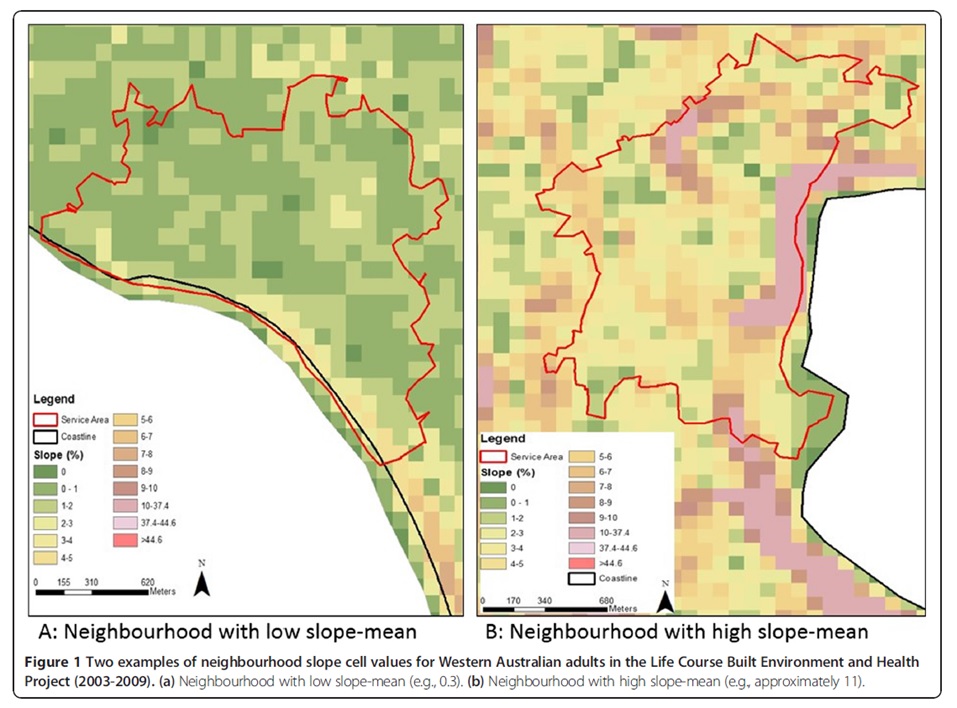GIS and Crime
There is some controversy in the crime field in regards to how important/useful environmental considerations are. Some crime specialists believe geography/the environment don’t play a big role.
Example of GIS/Crime:
Greed/Envy/Wrath maps of the US:
Greed shows average income compared with number of people below poverty line
Envy – total thefts per capita
Wrath – number of violent crimes per capita
Routine activities theory (RAT):
Theory that crime is based on routines – both of the criminals and the targets. This theory highlights temporal and socioeconomic aspects of crime, but does not consider the spatial, and thus geographical aspect.
Crime Pattern Theory:
Crimes tend to happen in certain neighborhoods because that’s where the criminals live.
Environmental criminology
Environmental criminology is a related sub-discipline that considers the spatial distribution of offenses and offenders.
Marauders vs. Commuters
Example of geography use in crime:
Picton murders – Kim Rossmo figured out that the Picton murders were commuted by a serial killer, but it took 5 years to actually figure out it was Picton, because nobody would listen to him. Kim is a pioneer of geographic profiling.

